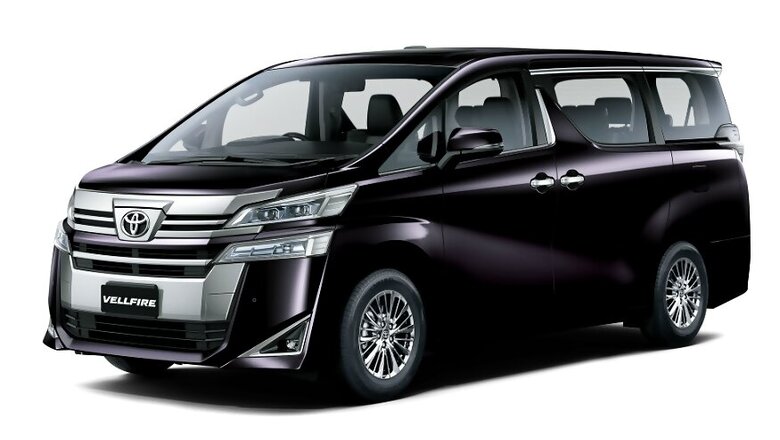
views
Toyota has unveiled its first luxury MPV, Toyota Vellfire. The 2.5-litre 4-Cylinder Gasoline Hybrid Engine offers 115 BHP power and a max torque of 198 Nm rpm. The new Vellfire engine which is also coupled with two electric motors and a hybrid battery ensures low emissions whilst delivering a delightful driving experience.
On the outside, the car comes with a single Ingot-Shaped Grille design, triangular fog lamp bezels, upper headlamps with two square projectors - with blue accents extension, chiselled body structure. The power sliding doors, two-part rear combination lamps and twin moonroofs.
On the inside, the car gets leather upholstery, memory setting of seats, 17-speaker JBL premium audio, power-adjustable seats with Ottoman function, 16 colours ambient light & super long seat sliding function.
The New Vellfire is equipped with 7 SRS Airbags & VDIM (Vehicle Dynamics Integrated Management) which is a proactive safety feature which provides stability to the vehicle based on vehicle performance control technology. Other safety features in the Vellfire come along with Emergency Brake Signal, hill-start assists control (HAC) and Vehicle Stability Control (VSC).
Strong Hybrid Electric Vehicles (SHEVs) belong to the family of electrified vehicles (xEVs), that also includes Plug-in Hybrid Electric Vehicles (PHEVs), Battery Electric Vehicles (BEVs) and Fuel Cell Electric Vehicles (FCEVs) as these technologies share common core technology of advanced Batteries, Motors and Controllers. This technology also facilitates regenerative braking which allows storing of energy generated from braking into the batteries. The energy generated is further used to propel the vehicle either by the electric motor only or have the motor assist the traditional fossil fuel engine. As the SHEVs use the electric motor and the ICE (Internal Combustion Engine) in an optimal manner, fuel consumption is minimized, helping in reducing carbon emissions. Lastly, Strong Hybrid Electric Vehicles have “onboard charging” function, wherein the electric batteries automatically get charged while in operation. Thus, it does not require any external charging facility.
















Comments
0 comment